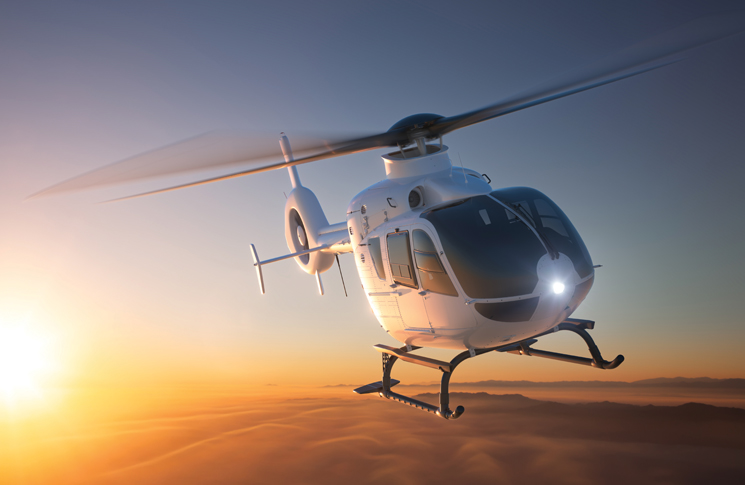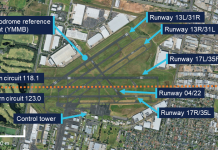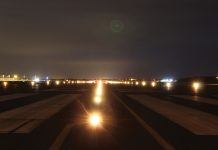1. Static rollover is when:
- one part of the undercarriage is stuck on the ground during lift-off
- the helicopter tips up on one undercarriage and the CG is outside the undercarriage width so the aircraft falls on its side
- the thrust from the main rotor tips the aircraft over on its side
- the pilot applies too much collective without keeping the attitude level with cyclic
2. The static rollover critical angle occurs when:
- the aircraft slope limits are exceeded
- mast bumping or droop-stop pounding due to excessive cyclic are present
- the helicopter is tilted and the CG is just outside of the helicopter undercarriage width
- no more cyclic can be applied as the pilot’s leg is in the way
3. The following factors influence the static rollover critical angle:
- lateral centre of gravity
- crosswind
- positioning of the cyclic
- all of the above
4. Dynamic rollover is:
- when the rotor side thrust and rolling momentum already generated, combine so the pilot can no longer prevent, with the flight controls, the helicopter rolling over
- when the helicopter tips up on one undercarriage and the CG is outside the undercarriage width so that the aircraft falls on its side
- only when one undercarriage is stuck on the ground and the rotor thrust causes the helicopter to roll over about the stuck undercarriage
- only occurs when in sidewards flight and the undercarriage catches on the ground and the helicopter flips over due to its momentum
5. The dynamic rollover angle is:
- less than the static rollover critical angle
- too hard to calculate as there are too many variables
- when the tilted helicopter CG is just outside of the helicopter undercarriage width
- both (a) and (b)
6 Which factors can influence dynamic rollover?
- crosswind
- tail rotor thrust
- lateral position of the cyclic
- all of the above
7. The best method not to succumb to dynamic rollover is to:
- quickly apply collective to get away from the ground
- keep the cyclic in the centre of the control envelope
- avoid the preconditions in the first place
- don’t land on slopes
8. The recovery actions for dynamic rollover on take-off are to:
- rapidly try to lift off into a high hover
- reduce the amount of tail rotor thrust
- apply cyclic to eliminate the roll
- lower the collective and abort the take-off
9. The recovery actions, when the preconditions for dynamic rollover on landing on a slope are identified, are to:
- abort the landing with coordinated smooth control inputs to a high hover
- rapidly lower the collective
- apply full into-slope cyclic
- rapidly increase the collective to lift off quickly
10. The dynamic rollover angle can be precisely defined:
- as the angle when the centre of gravity is above one of the undercarriage
- this is not possible as there are too many variables
- as greater than the static rollover critical angle
- as the angle between the rotor thrust and the vertical
Answers
- (b)
- (c)
- (a)
- (a)
- (d)
- (d)
- (c)
- (d)
- (a)
- (b)





